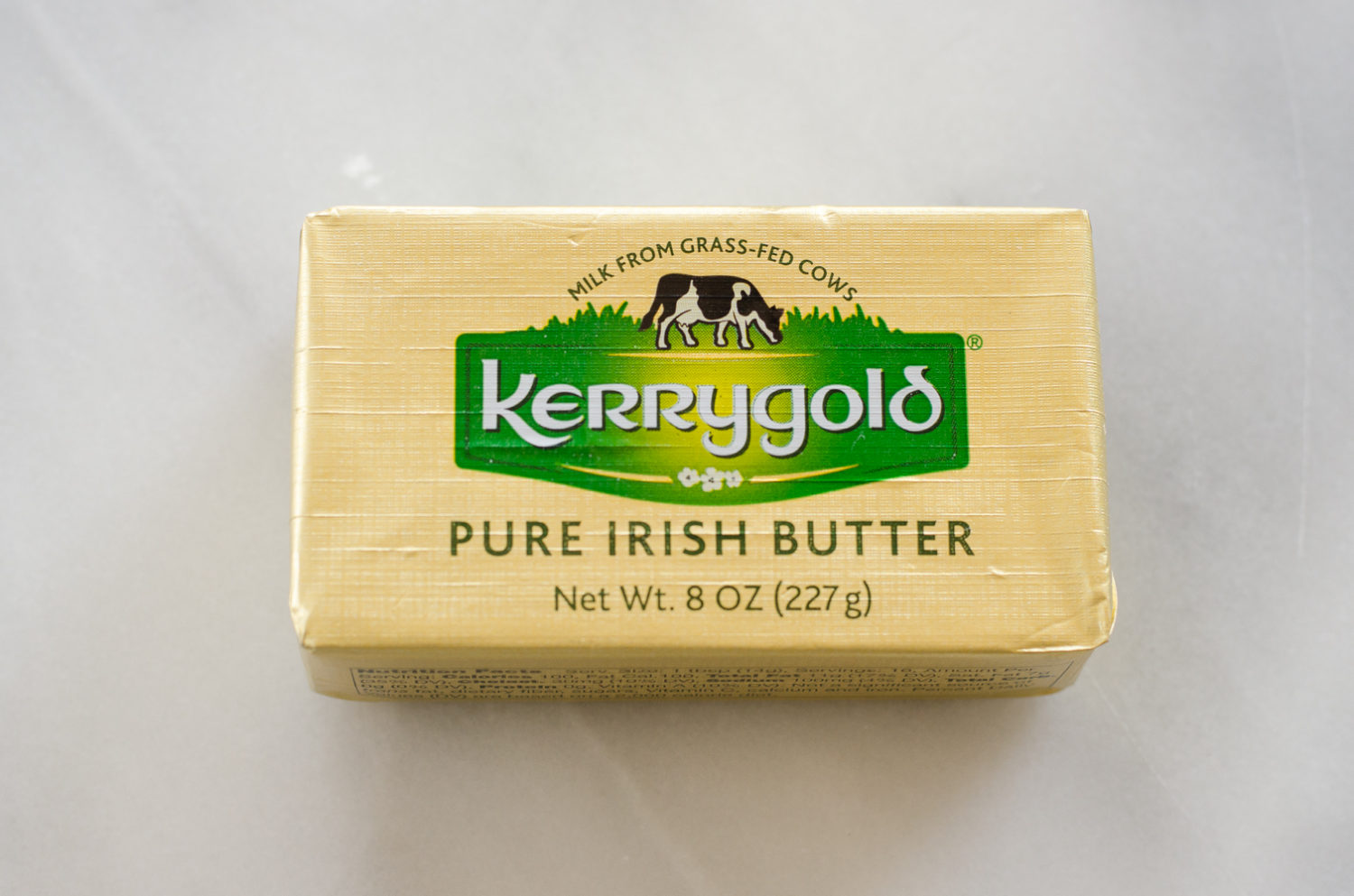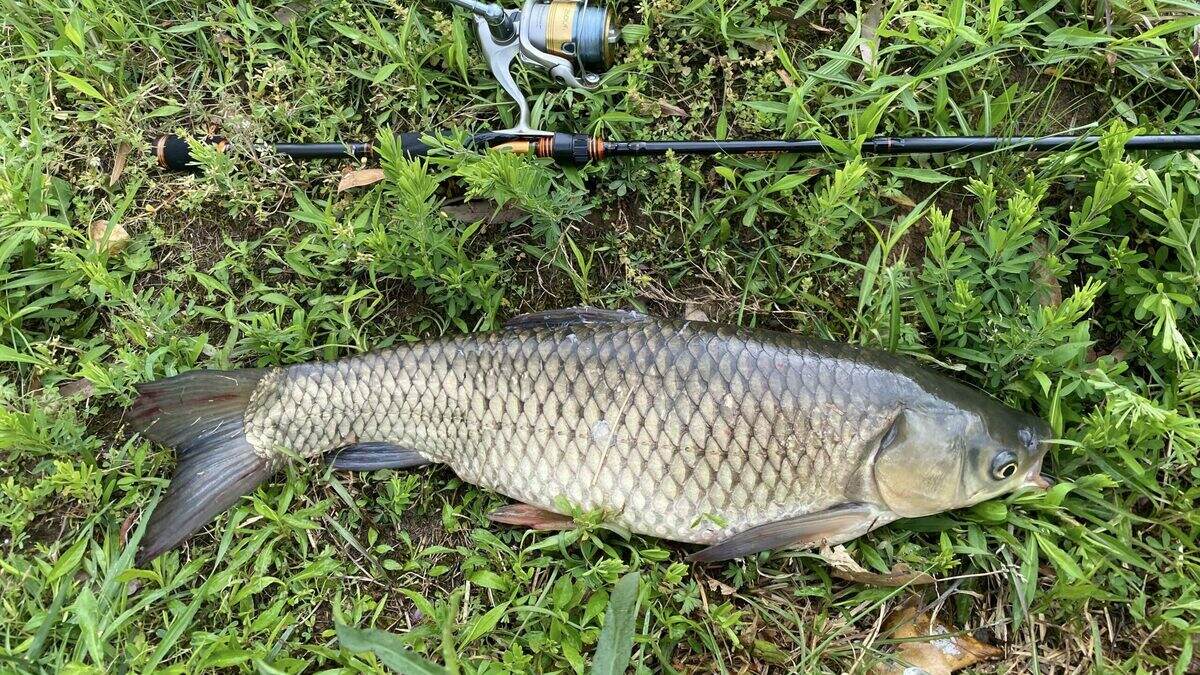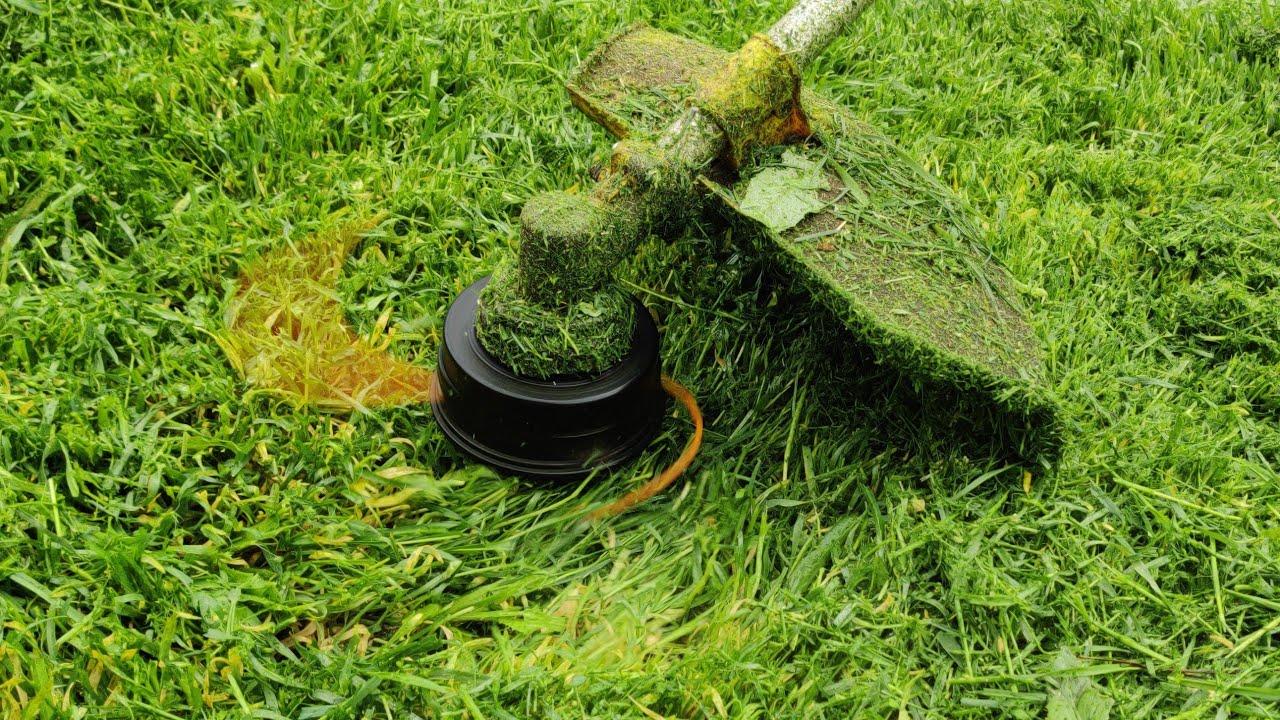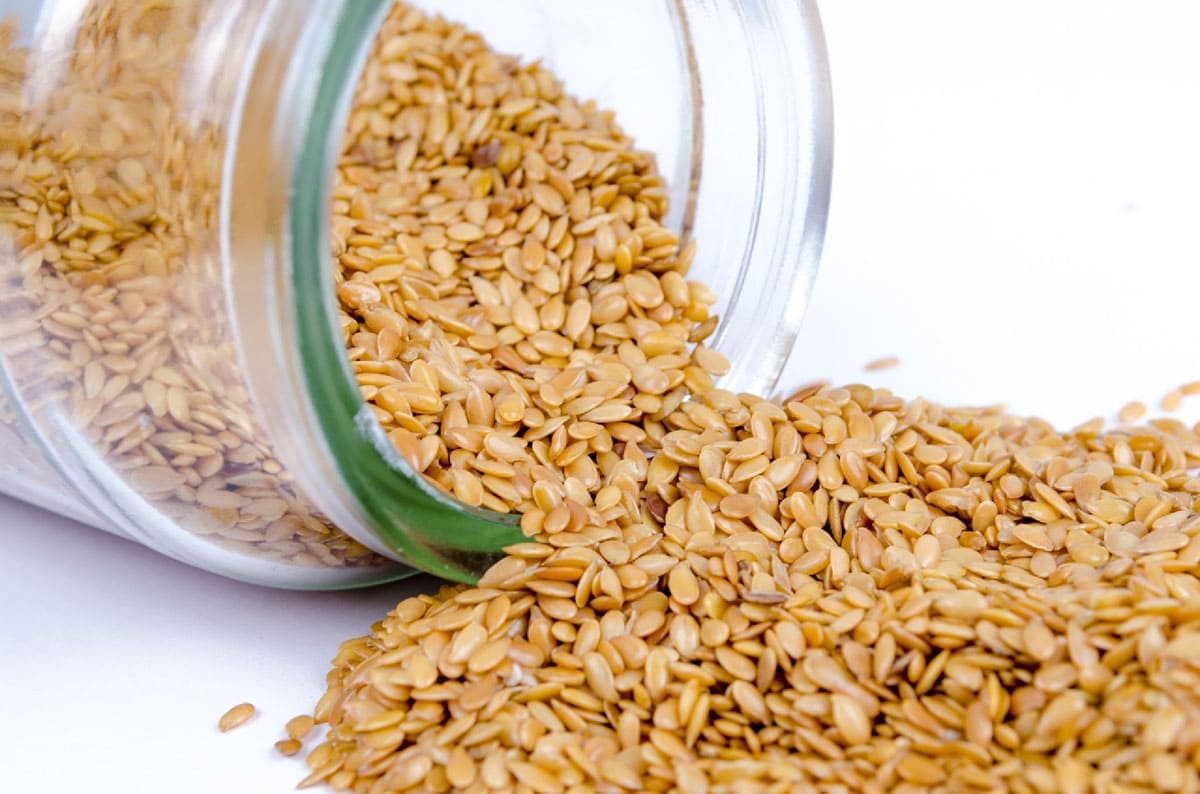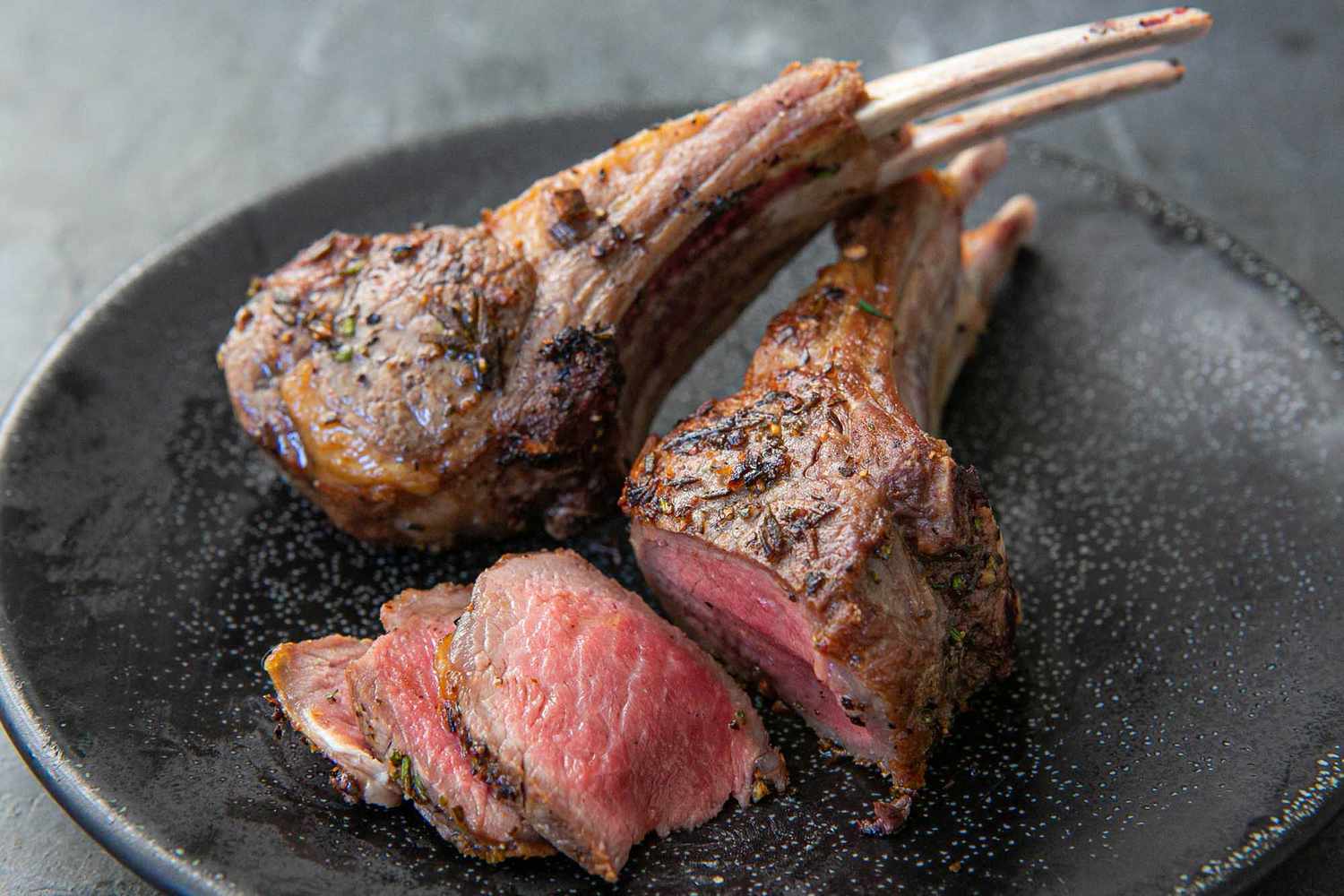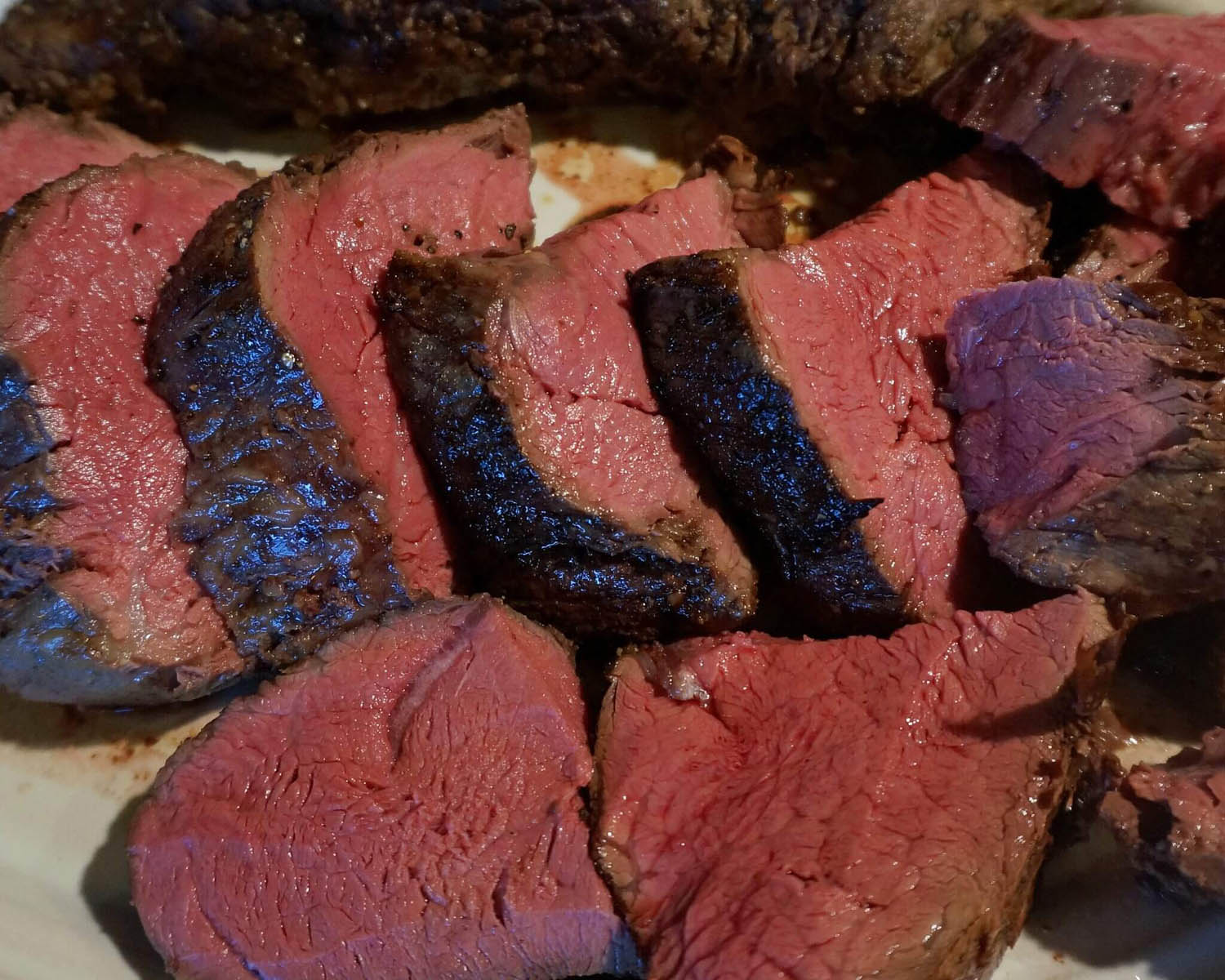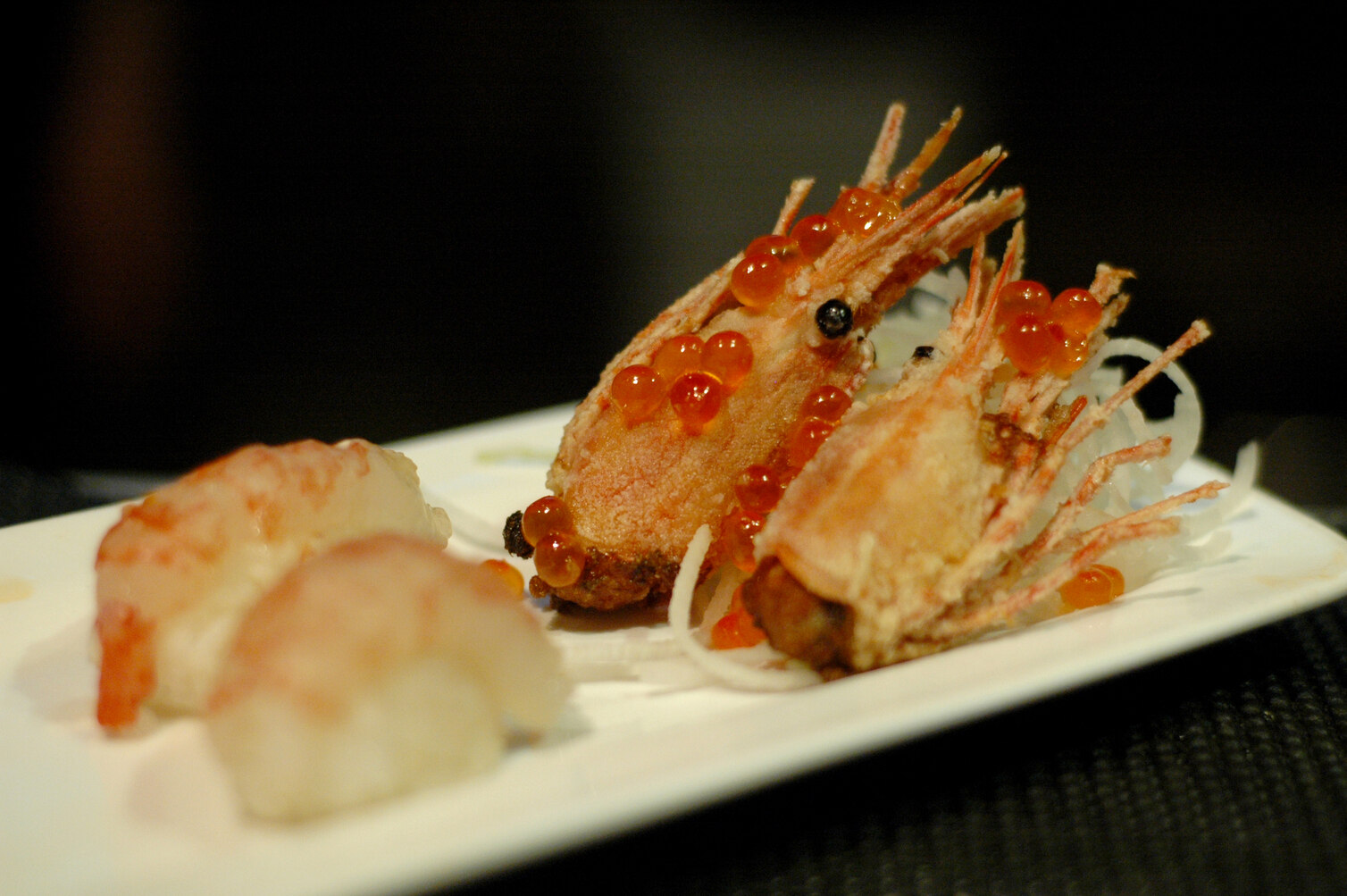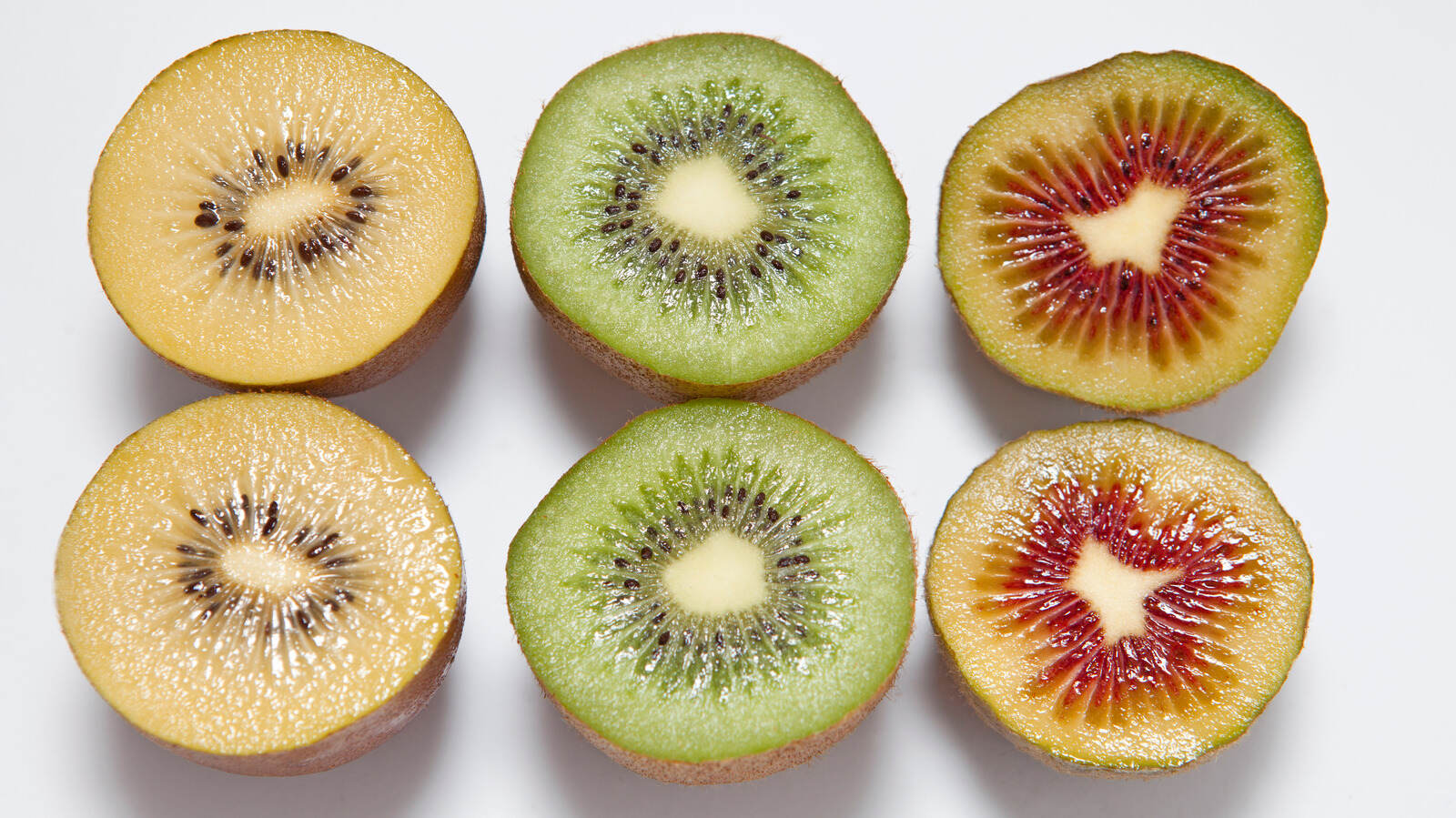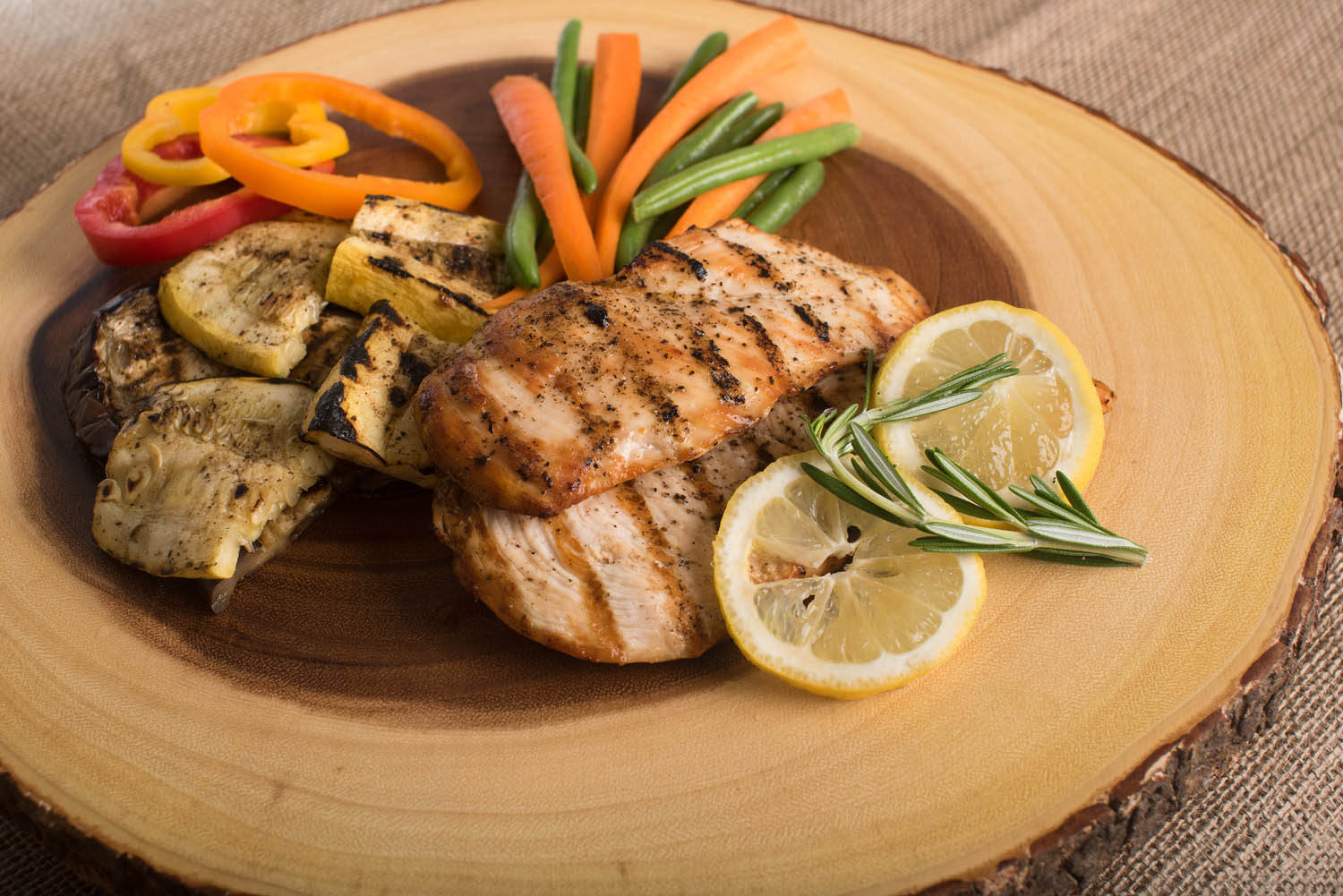Discovering the Delight of Onion Grass
Onion grass, also known as wild garlic, is a versatile and nutritious plant that can be found in many parts of the world. While it may be considered a weed by some, it is actually a delicious and healthy addition to your diet. In this article, we will explore the various ways to enjoy and incorporate onion grass into your meals.
Identifying Onion Grass
Before you start foraging for onion grass, it’s important to be able to identify it correctly. Onion grass has long, slender leaves that resemble grass and a distinct onion or garlic-like odor when crushed. The plant also produces small white flowers in the spring, further aiding in its identification.
Harvesting Onion Grass
When harvesting onion grass, it’s essential to do so in areas that have not been treated with pesticides or other chemicals. Look for clean, unpolluted areas such as your backyard, a local park, or a field. Use a pair of scissors or a knife to cut the leaves close to the base of the plant, leaving the roots intact to allow for regrowth.
Preparing Onion Grass
Once you have harvested your onion grass, it’s time to prepare it for consumption. Start by rinsing the leaves thoroughly to remove any dirt or debris. You can then chop the leaves finely and add them to salads, omelets, or stir-fries. The bulbs can also be used in the same way you would use garlic or onions in your cooking.
Ways to Enjoy Onion Grass
There are numerous ways to enjoy the unique flavor of onion grass. Here are some ideas to get you started:
- Salads: Add chopped onion grass leaves to your favorite salad for a fresh and zesty kick.
- Omelets: Incorporate chopped onion grass into your morning omelet for a burst of flavor.
- Pesto: Use onion grass leaves to make a delicious and aromatic pesto sauce.
- Stir-fries: Throw some chopped onion grass into your stir-fry for an added layer of taste.
- Infused Oil: Create your own infused oil by steeping onion grass in olive oil for a unique flavor.
The Health Benefits of Onion Grass
Aside from its delightful flavor, onion grass also offers a range of health benefits. It is rich in vitamins and minerals, including vitamin C, vitamin A, and calcium. It also contains antioxidants and has been used in traditional medicine for its antibacterial properties.
Cautionary Notes
While onion grass is generally safe for consumption, it’s essential to be cautious when foraging for wild plants. Always be 100% certain of the plant’s identity before consuming it, as some plants may resemble onion grass but could be toxic. If in doubt, consult with a knowledgeable forager or botanist.
In Conclusion
Onion grass is a delightful and versatile plant that can add a unique flavor to your culinary creations. Whether you incorporate it into salads, omelets, or stir-fries, or use it to make infused oils or pesto, there are countless ways to enjoy the taste and health benefits of onion grass. So, the next time you come across this humble plant, consider giving it a try and savoring its natural goodness.
